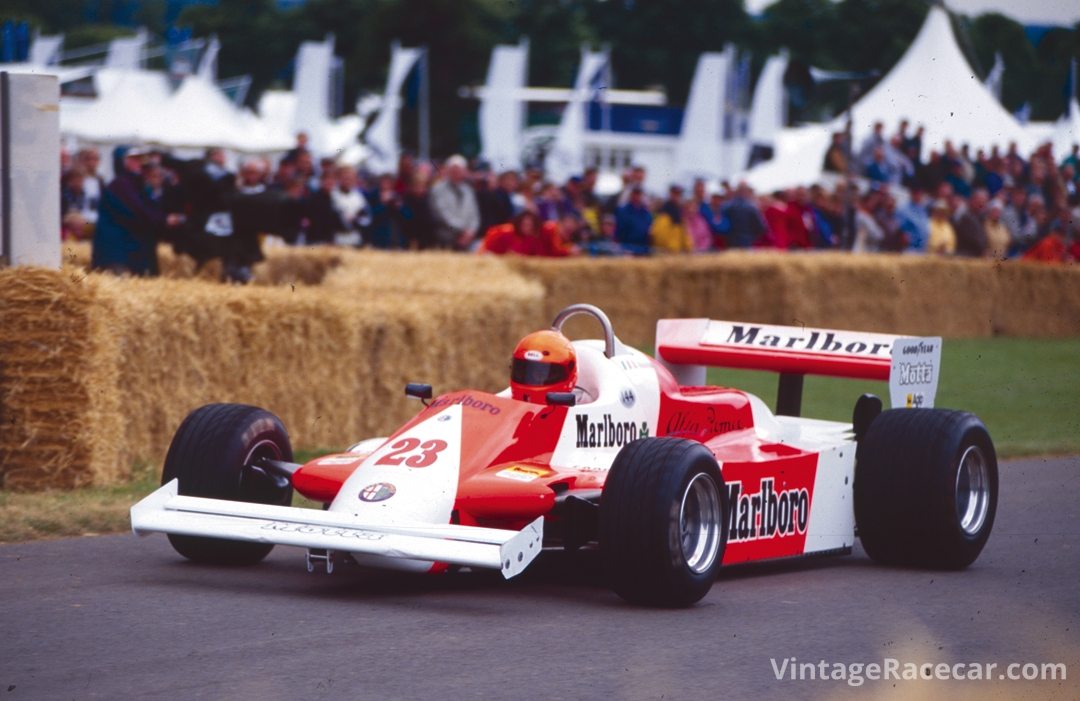After some 50 years of automobile racing, the Grand Prix Formula, or Formula One, was formed by the FIA (Federation Internationale de L’Automobile) in 1950, with its first race, the British Grand Prix at Silverstone. This was to be the first World Drivers Championship, in the world’s most technically advanced single-seater racing cars. In 1958, the world constructor’s championship was added. Now one would at last know who the best driver in the world was, as well as which manufacturers had constructed the best racing car. FISA was Formula One’s administrative body, which saw that everyone played by the ever-changing rules.
In this guide I am going to cover the period 1966-1983 for cars built to a 500-kilogram to 585-kilogram weight minimum, and powered by 3.0-liter normally aspirated engines.
Formula One started from very humble beginnings. Teams were comprised of a group of talented people working out of small garages, trying to find the money to go racing. During this timeframe the miracle of the racing sponsor was created, and teams grew in size. Great inventions were designed, such as the 3.0-liter Cosworth DFV engine, the slick racing tire, aerodynamic aides ranging from simple wings to full ground effects. This was the beginning of the English racing car industry with manufacturers who relied heavily on Cosworth engines and Hewland gearboxes and also witnessed the racing comeback of Alfa Romeo. World championship drivers included Andretti, Brabham, Fittipaldi, Hill, Hulme, Hunt, Jones, Lauda, Piquet, Rindt, Rosberg, Scheckter and Stewart.
In the USA, historic Formula One races are run by the American arm of Masters Historic Racing, which allows cars to run from 1966-1983 with 3.0-liter normally aspirated non-turbo engines and no sliding skirts. In Europe, Masters organizes the official FIA Historic Formula One Championship, which allows cars built before 1985, but also requires non-turbo 3.0-liter engines and bans sliding skirts.
Also in Europe, the Grand Prix de Monaco Historique is for cars 1977 and older, and the Historic Grand Prix Cars Association is for Grand Prix cars built before 1966.
1966 Brabham BT-19

For the outset of the new 3.0-liter Formula, Jack Brabham and his small group at MRD in England created a masterpiece, while his competitors built more “modern” aluminum monocoque chassis. The Ron Tauranac designed BT-19 had a tubular spaceframe, which was simple, light, and efficient, yet still rigid enough to have excellent handling. While his competitors tried to develop their own 3.0-liter engines, the BT-19 was powered by the Repco V8 engine, which was developed by Repco in Australia using an existing V8 Oldsmobile aluminum block. The team’s engine man was John Judd and a 5-speed Hewland gearbox was chosen. Brabham went on to win four races in a row, and the world drivers and constructors titles in a car bearing his own name. This was followed by Hulme winning the 1967 title driving the BT-24. Brabham was the first to build a winning car to the new formula.
1979 Alfa Romeo 179

Criteria Used For Assessing Valuations for this Guide:
- Degree of Originality
- Overall Condition, Restoration
- Technology, Design, Coachbuilder
- Production Numbers/Rarity
- Competition History
- Ownership History, Documentation
- Modern Event Eligibility
Regional Variances
The prices stated in this guide are based on U.S. values. The values of historic racing cars can vary as much as 25%-35% in other countries, depending on local market appeal, currency rates, import duties, and VAT. Most of the time, we are able to document known sales or closed escrows, as they say in real estate. When this is not possible, a logical estimate of the car’s value is given, based on its sales history and relationship to cars of its type.
The prices stated in this guide are based on U.S. values. The values of historic racing cars can vary as much as 25%-35% in other countries, depending on local market appeal, currency rates, import duties, and VAT.
LEVEL |
VALUATION CATEGORIES |
|---|---|
I |
The best combination of all criteria. |
II |
Satisfies mid-range of criteria. |
III |
In need of restoration. Meets only a few points of criteria |




